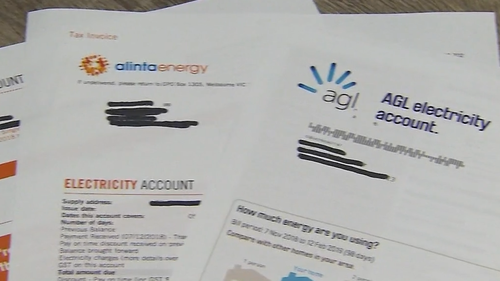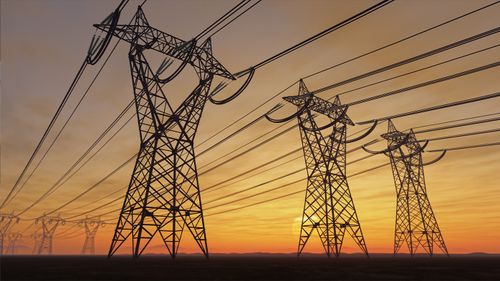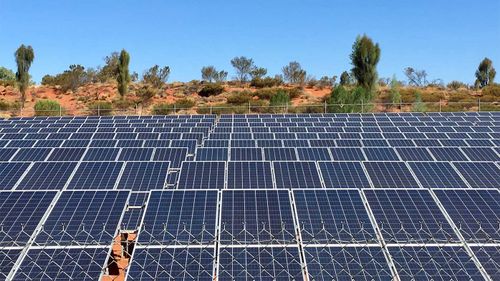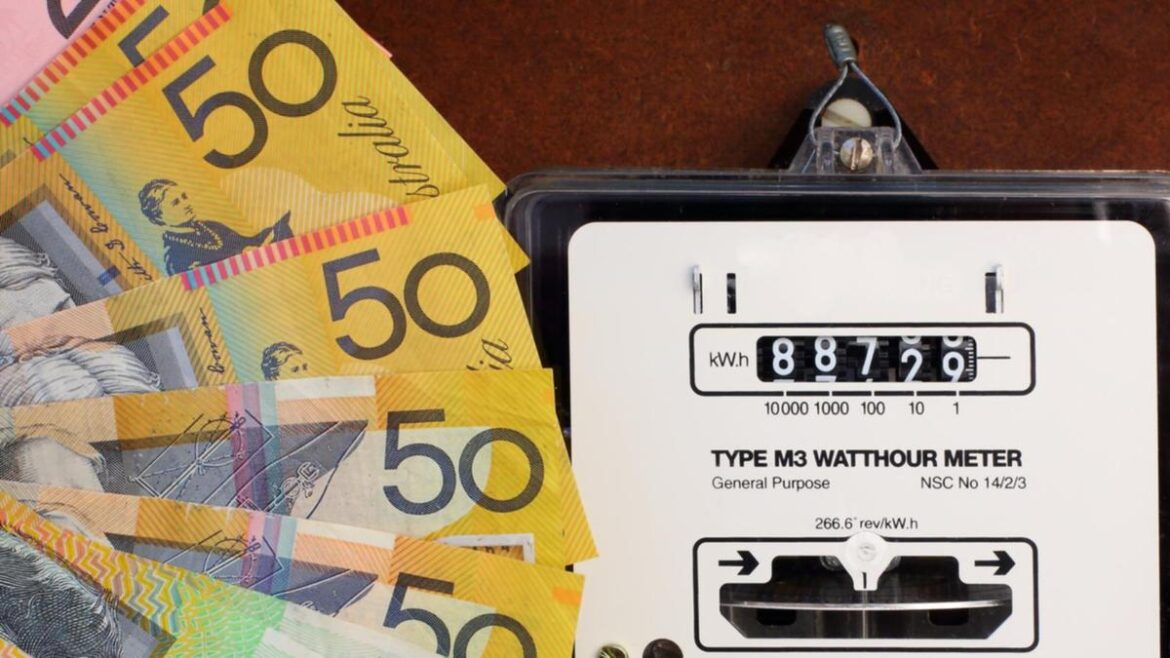Aussies paid $10 billion more than necessary on electricity bills over eight years, report suggests
Aussies have paid more than $10 billion more than necessary on their electricity bills over the past eight years, a new report claims.
A report by the Institute for Energy Economics and Financial Analysis (IEEFA) revealed energy network providers have pocketed $1.2 billion more than needed in profits per year as Australians face surging electricity bills.
In 2020, consumers paid an extra 6.8 per cent for their bills which added up to between $800 to $1200 over the eight years.

Electricity providers made 67 per cent more than normal in profits between 2014 and 2021, the report found.
“Australia’s energy customers have been spinning golden silk for network providers for nearly a decade,” report author Simon Orme said.
“They can’t be expected to fund superprofits any longer. The extra burden must be removed.”
Why have consumers been overcharged?
The report suggests that energy networks charged overestimated costs to consumers via their retailers, and shareholders retained the differences between the networks’ revenue and cost.
Orme found these “superprofits” likely went to offshore owners instead of being reinvested in the network.
“This is another fail that has adversely affected the overall productivity of the sector,” Orme said.
The report also suggested that network’s “superprofits” have hindered the nation’s move towards reliable supply as per the National Electricity Objective.
The National Electricity Objective is the government’s push for the acceptable price, safety, reliability and security of electricity supply for consumers.

It comes as earlier this year the nation faced an energy crisis with the east coast receiving warnings of blackouts due to pressures on the system.
The war in Ukraine, unexpected failures from Australia’s ageing coal-fired power stations, low gas supply, and a lack of urgency in adapting to renewables, drove the sky-high power prices and shortfalls in supply.
The crisis went against the National Electricity Objective for safe and secure energy and the report claims despite the $10 billion in superprofits there were no added reliability benefits to the network.
Orme also claimed the profits could have gone towards Australia’s net zero emissions goals.
“Crucial financial resources that could fund investment in the energy transition are being diverted by wealth transfers from consumers to network shareholders, many of whom are overseas,” he said.
“This delays and raises the cost of the energy transformation.”

Orme believes that an independent inquiry into electricity network regulation should now be held to protect Australian consumers from being ripped off.
“People’s electricity bills are forecast to increase even further over the next 6-18 months as high coal and gas prices globally impact Australia’s domestic prices,” Orme said.
“The commission of inquiry should work to increase the reporting and monitoring of network business’ profits, make changes to the rules and laws to improve economic regulation of networks, remove barriers to consumer representation in economic regulation processes and ensure frameworks for future investment are efficient.
“Improving the regulations governing monopoly electricity networks in Australia will help constrain network supernormal profits and reduce the strong upward pressure on consumer bills.”
He warned if the issue is not investigated or improved, customers will continue to pay more than required and a lack of investment in low carbon generation will continue.
9news.com.au has approached AEMO for a response to the report.








